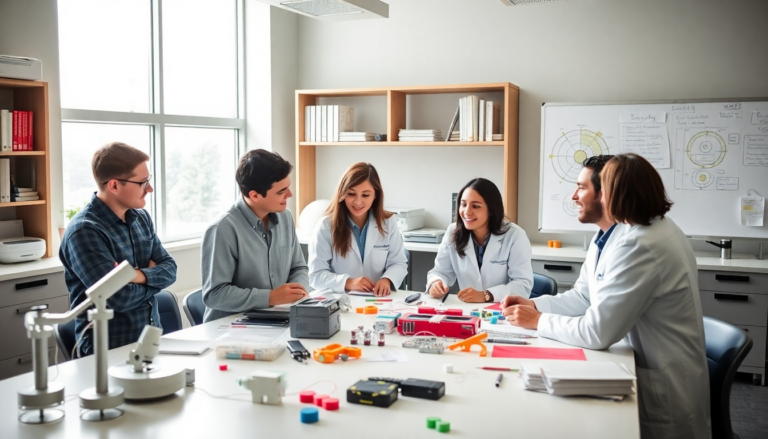Argomenti trattati
Innovation isn’t just a buzzword; it’s a lifeline for industries striving to stay relevant. Think about it: how often have we seen groundbreaking discoveries fizzle out because they lacked the right support? That’s where organizations like the Wisconsin Alumni Research Foundation (WARF) come into play. For over a century, WARF has been instrumental in turning ideas from the University of Wisconsin-Madison into innovations that not only change lives but also create economic opportunities far beyond state lines. It’s a fascinating interplay of research and real-world application that keeps the wheels of progress turning.
The transformative power of strategic investment
But what exactly makes WARF so special? It’s not merely the patents it holds or the licensing agreements it negotiates. The real magic lies in its ability to reinvest resources into university research. This creates a sustainable cycle of innovation that attracts bright minds to Madison, ensuring that the area remains a hub for technological advancement. By supporting infrastructure such as the University Research Park, WARF connects the dots between academia, private companies, and investors.
I remember when I first stumbled upon WARF during my time as a corporate attorney at GE Healthcare. Negotiating a licensing agreement with the University of Wisconsin was eye-opening. I realized how effectively WARF facilitated collaborations that led to innovations reshaping healthcare. It wasn’t just about paperwork; it was about fostering relationships that breathe life into complex ideas, turning them into tangible solutions.
Connecting discoveries to the marketplace
At Third Wave Technologies, I witnessed firsthand how WARF’s support transformed relatively obscure scientific discoveries into groundbreaking technologies. Without that initial funding and commitment to commercialization, many companies—including Third Wave and my current venture, Exact Sciences—would have struggled to find their footing. For instance, a variation of an enzyme discovered by Jim Dahlberg was pivotal in developing a cervical cancer test at Third Wave. We later adapted and enhanced that enzyme at Exact Sciences, demonstrating how innovation builds upon itself.
This cycle of innovation is intrinsic to products like Cologuard®. In fact, Cologuard® has screened over 19 million people for colorectal cancer, underscoring how WARF connects academic discoveries to the resources and partners needed to make a profound impact on health outcomes. It’s a testament to how private and public sectors can work in tandem to address critical health challenges.
The future of technological advancements
So, what does the future hold? In my view, the landscape of technology transfer is evolving. With an increasing emphasis on collaboration, we’re likely to see more partnerships between universities and private enterprises. As many know, the pace of innovation is accelerating rapidly, and those who can adapt quickly will thrive. Having experienced this firsthand, I can’t help but feel a mix of excitement and urgency. The next breakthrough could be just around the corner, waiting for the right support to bring it to life.
Indeed, as we navigate this ever-changing technological landscape, organizations like WARF will remain vital. They not only facilitate innovation but also foster an ecosystem where ideas can flourish. It’s about more than just technology; it’s about creating a culture that values and nurtures ingenuity. And that, my friends, is something we should all be passionate about.

